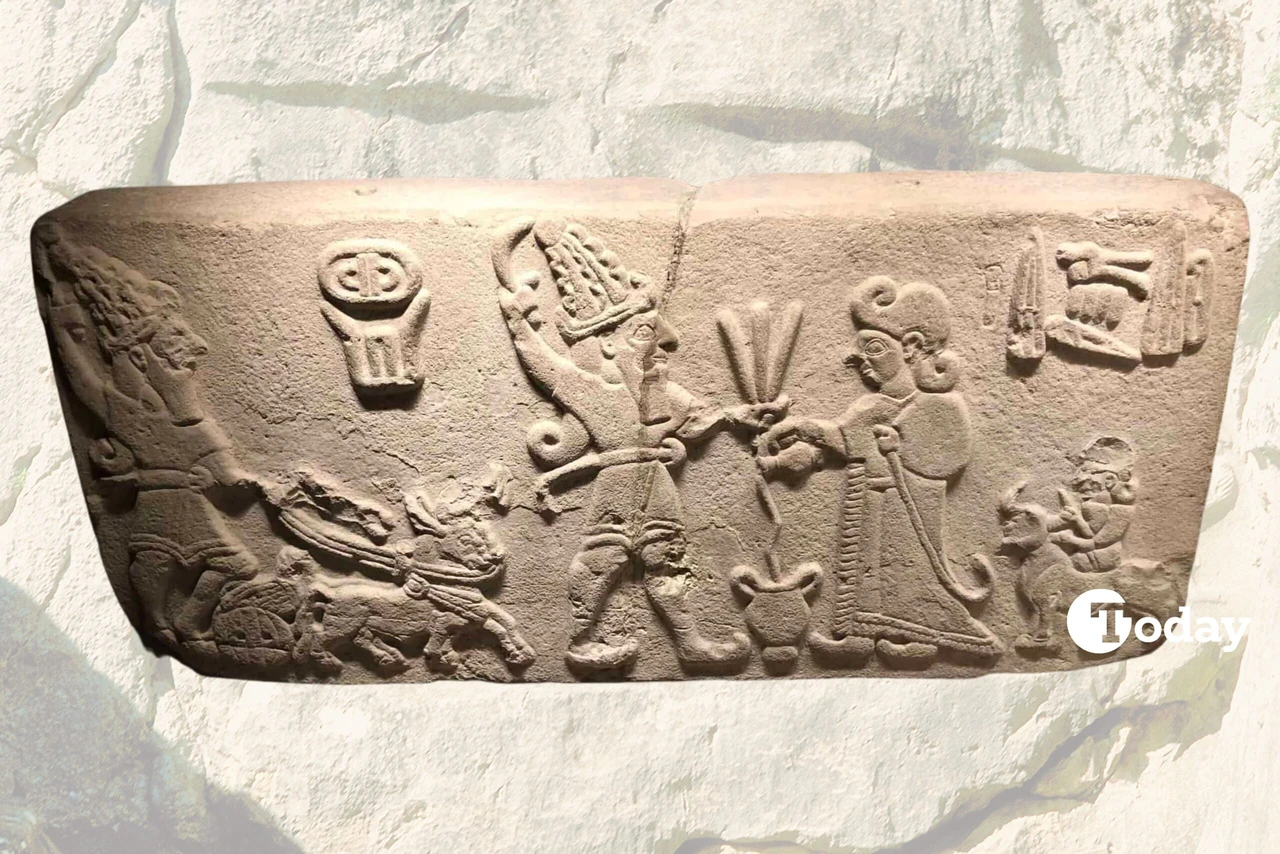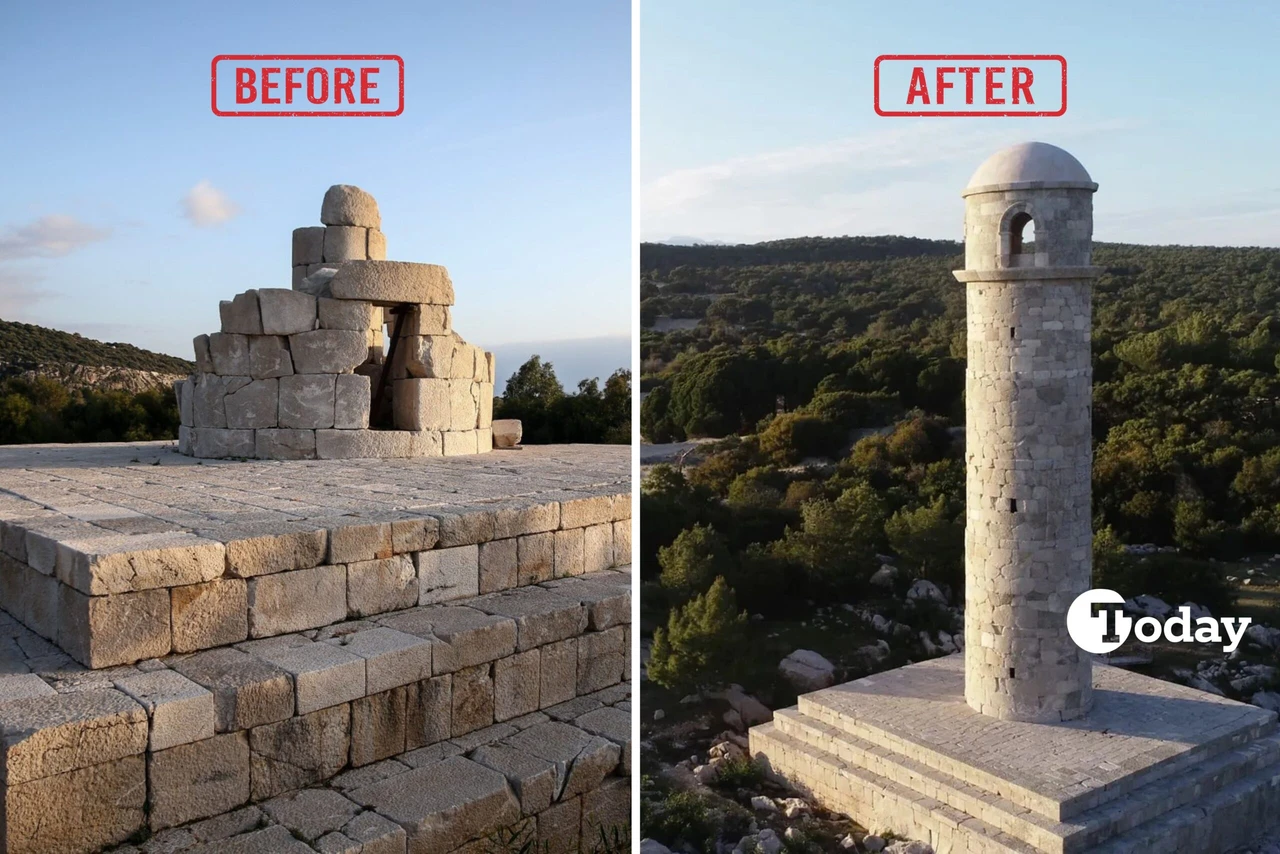Exploring ‘Malazgirt Battlefield’: A Journey into the history of Turks in Anatolia
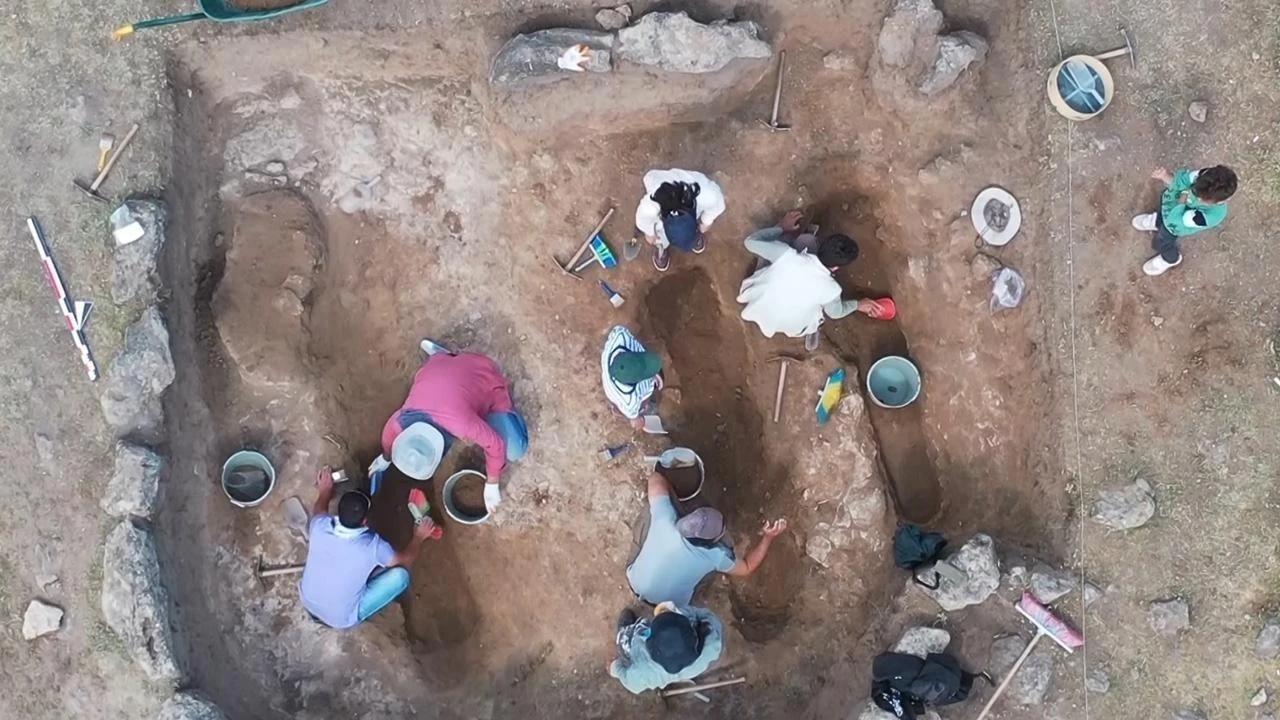
In 1071, the Seljuk Sultan Alparslan defeated the Byzantine Emperor Romanos IV Diogenes in the Battle of Malazgirt. The “Determination of the Malazgirt Battlefield, Historical and Archaeological Survey Project” seeks to pinpoint the exact location of this historic battle.
This project aims to uncover traces of the conflict by relying on historical records and archaeological data, shedding light on this significant event.
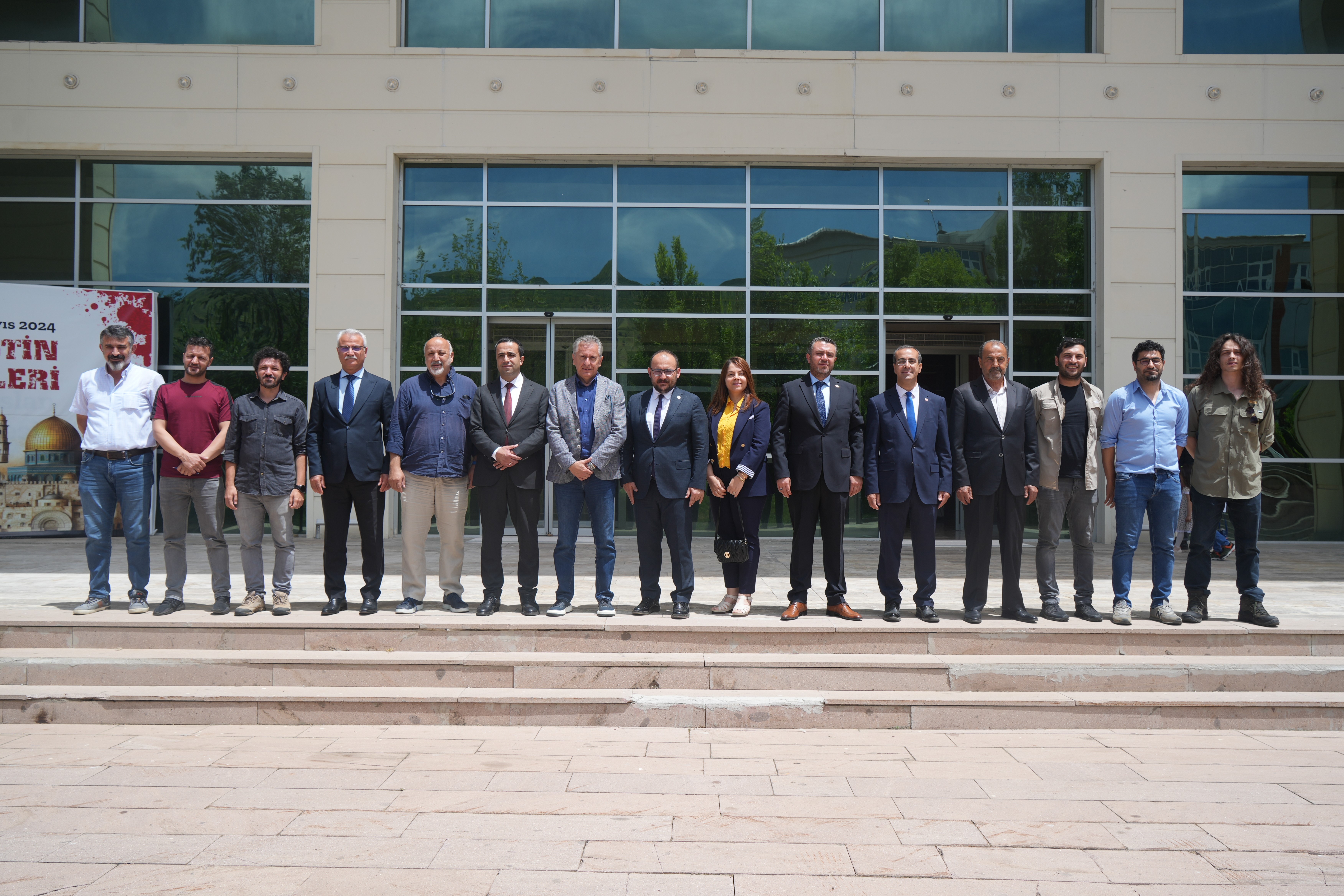
The project team, initiated in 2020 in cooperation with the General Directorate of Cultural Assets and Museums, Ahlat Museum, Mus Alparslan University (MAUN), and Mugla Sitki Kocman University, with the support of the Ministry of Culture and Tourism, convened at the MAUN Senate Hall.
Mugla Sitki Kocman University History Department Professor Adnan Cevik, who met with the excavation team, said that his biggest dream was to make this great victory visible on the spot and to locate it precisely.
Sharing that the professional team is conducting the first battlefield archaeology in Türkiye, Cevik said: “We are conducting an interdisciplinary study with the contributions of over 40 local, foreign, and field experts. Our aim is to create a scientific foundation to make this great victory visible on the ground. We are now in our fifth year of this project, focusing on two crucial data points related to the war and their identification.”
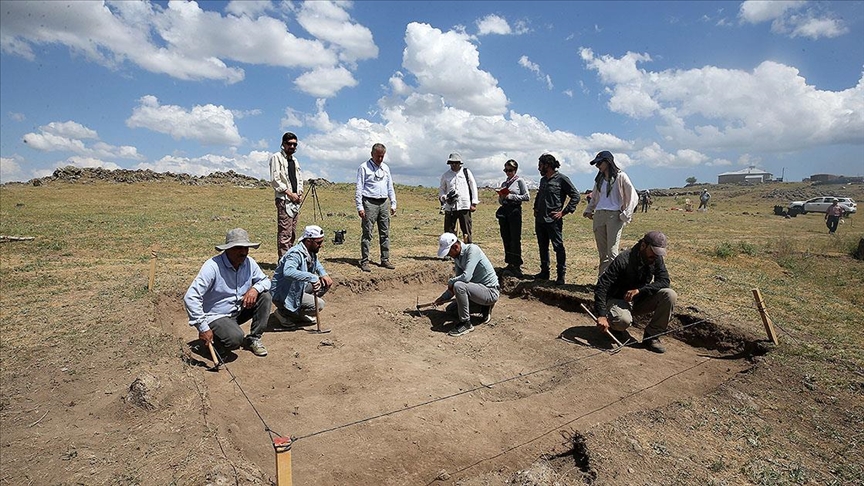
“The first is the metal objects from the war – artifacts from that period. The second is human remains, with a priority on identifying our martyrs. For the past two years, our work in the Malazgirt Afsin Neighborhood has intensified in an area we believe may be a burial site for martyrs. We have opened nearly 30 graves in an old non-Muslim village, identifying almost 2,000 Muslim graves.”
He said the 11th century, specifically the year 1071, represents a century of war for Türkiye. “We discovered that three individuals died from traumatic head injuries caused by an axe, a sword, or a similar cutting tool. These were adult males between 25 and 35, which drives us to continue our intensive work in this area,” he added.
“This year, we are back for the first stage of the project. We will conduct a surface survey until the feast. Our work spans a vast area of 150 square kilometers, necessitating a large team. We are employing geographers, geophysicists, and geologists to narrow down this extensive area. Narrowing the area involves surface surveys and locating other burial sites, including where Byzantine losses might be interred. This helps us pinpoint the exact location of the battle,” Cevik mentioned.
The professor emphasized they wanted to document this with more data, as the war took a week to complete, and the final battle was on Aug. 26.
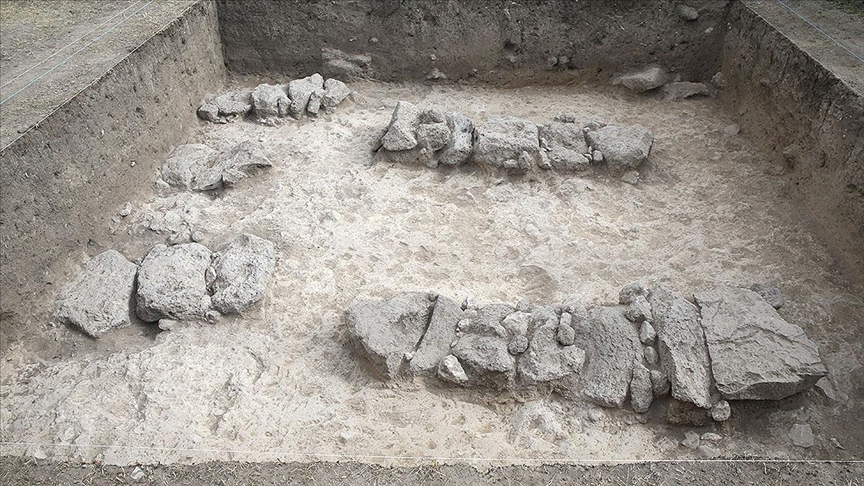
Cevik stated they are sharing their work with Türkiye and the world in an academic environment: “In November 2023, we were invited to the Russian Academy of Sciences, and they have even accepted us as an internal member starting this year. This biannual meeting allows us to present the results of our research in Malazgirt to a global audience through the Russian Academy of Sciences.”
“This year, we will host some of Europe’s most prominent Turkish-Islamic archaeologists and Islamic archaeology theorists. With the participation of our rector, we hope to explore opportunities for joint cooperation through our university, aiming to establish a more international dimension to our agreements,” Cevik added.
“As we believe, if you have a story, you have a future. Mus and Malazgirt have a story that changed the history of the world,” Cevik maintained.
Saying that the studies will progress efficiently this year, Cevik stated they will continue to work on surface research in the first stage and excavation as of July 1, 2024.


